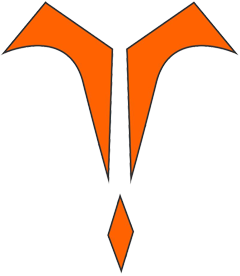SCIWORA Case Report
Keywords:
SCIWORA, MRI, spinal cord injuryAbstract
SCIWORA, is probably not going to be seen very often now that MRI has become a critical part of the radiologic evaluation of patients with spinal cord injuries. With the advent of MRI, very few spinal cord injuries will go undetected. SCIWORA (Spinal Cord Injury without Radiographic Abnormality) occurs most often in pediatric population and accounts for up to 2/3 of severe cervical injuries in children of < 8 years of age. Inherent elasticity of pediatric cervical spine can account for severe spinal cord injury occurring in the absence of radiological findings. The mechanism of neural injury probably relates to intersegmental displacements of the spinal cord when subjected to flexion, extension, and distraction forces. A 5-year-old boy presenting with right hemiplegia after a traffic accident was admitted to our Department of Neurosurgery with the diagnosis of SCIWORA by magnetic resonance imaging (MRI). Following high dose corticosteroid treatment he was referred to the Department of Physical Medicine and Rehabilitation. After clinical recovery there were no signs of trauma in the future diagnostic, and follow-up imagings.

